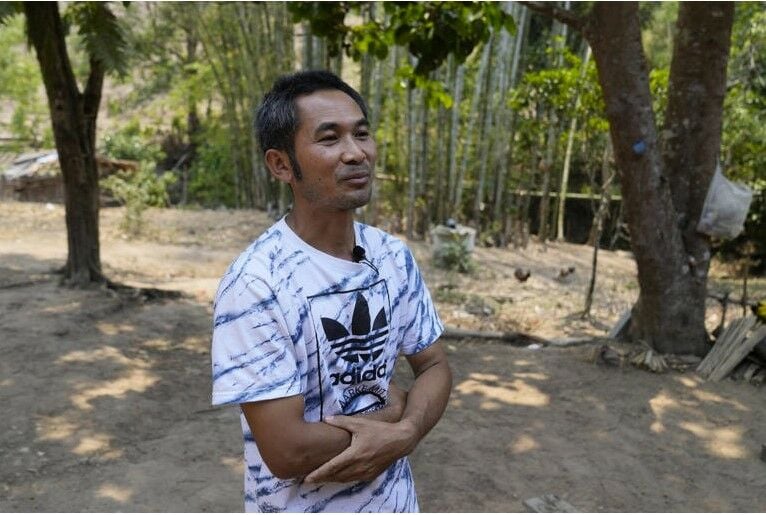Air pollution crisis: Village chief defends age-old burning practices (video)

As the haze season begins, villagers of Ban Mae Lan Kham are preparing to burn their land, adding to some of the world’s worst air pollution.
When the haze season descends upon northern Thailand, village chief Nanthawat Tiengtrongsakun and his community start their annual preparations. They cut down shrubs and trees on their small plots, then set controlled burns to clear their fields for planting.
This traditional practice sends up plumes of smoke, contributing to the thick, sweet grey haze that blankets the region. The air becomes almost solid, making breathing and swallowing painful for many.
The Pakanyo people, who have lived in these hills near Chiang Mai for generations, often find themselves blamed for the foul air and forest damage.
“We are the ethnic group that preserves the forest. If we were causing the damage, the forest around us would be gone by now.”
Chiang Mai, a major tourist destination, frequently tops the list of the world’s most polluted provinces during the haze season from February to April. The fine particulate matter in the air can reach levels up to 20 times higher than the World Health Organisation (WHO)’s recommended limit. This persistent pollution problem has prompted Prime Minister Srettha Thavisin to make Chiang Mai a model for tackling air pollution, pledging to push through clean air legislation.
The primary culprit behind northern Thailand’s air pollution is traditionally seen as the farmers who grow corn for agro-food companies like CP Foods. Alternative methods like biochar or tilling the stubble into the soil are labour-intensive and impractical in the hilly terrain.
In response, CP Foods has implemented a tracing system to avoid purchasing corn from deforested or burned land. However, much of the cultivation has shifted to neighbouring Myanmar and Laos, where stubble burning continues. The Thai prime minister has initiated talks with these countries to reduce the practice.
Fire crisis
Fire is deeply embedded in the culture of northern Thailand, used for managing wildfires, farming, and even as a form of protest. Despite a national zero-burning directive since 2013, locals have found ways around it, extending the haze season.
A newer policy in Chiang Mai allows controlled burns if pre-approved through the FireD app, which uses weather and satellite data to predict pollution levels. Despite some success, many fires remain unregistered, and villagers like Nanthawat find the bureaucracy burdensome, reported The Canadian Press via MSN.
For the Pakanyo and other hill tribes, burning remains the most efficient and cost-effective way to clear land. Until viable alternatives are provided, this age-old practice will likely continue, despite the controversy and health risks it brings.
Latest Thailand News
Follow The Thaiger on Google News:


























